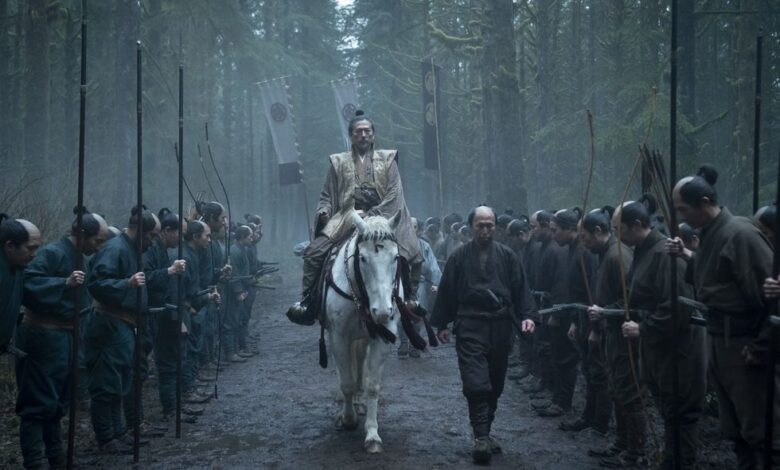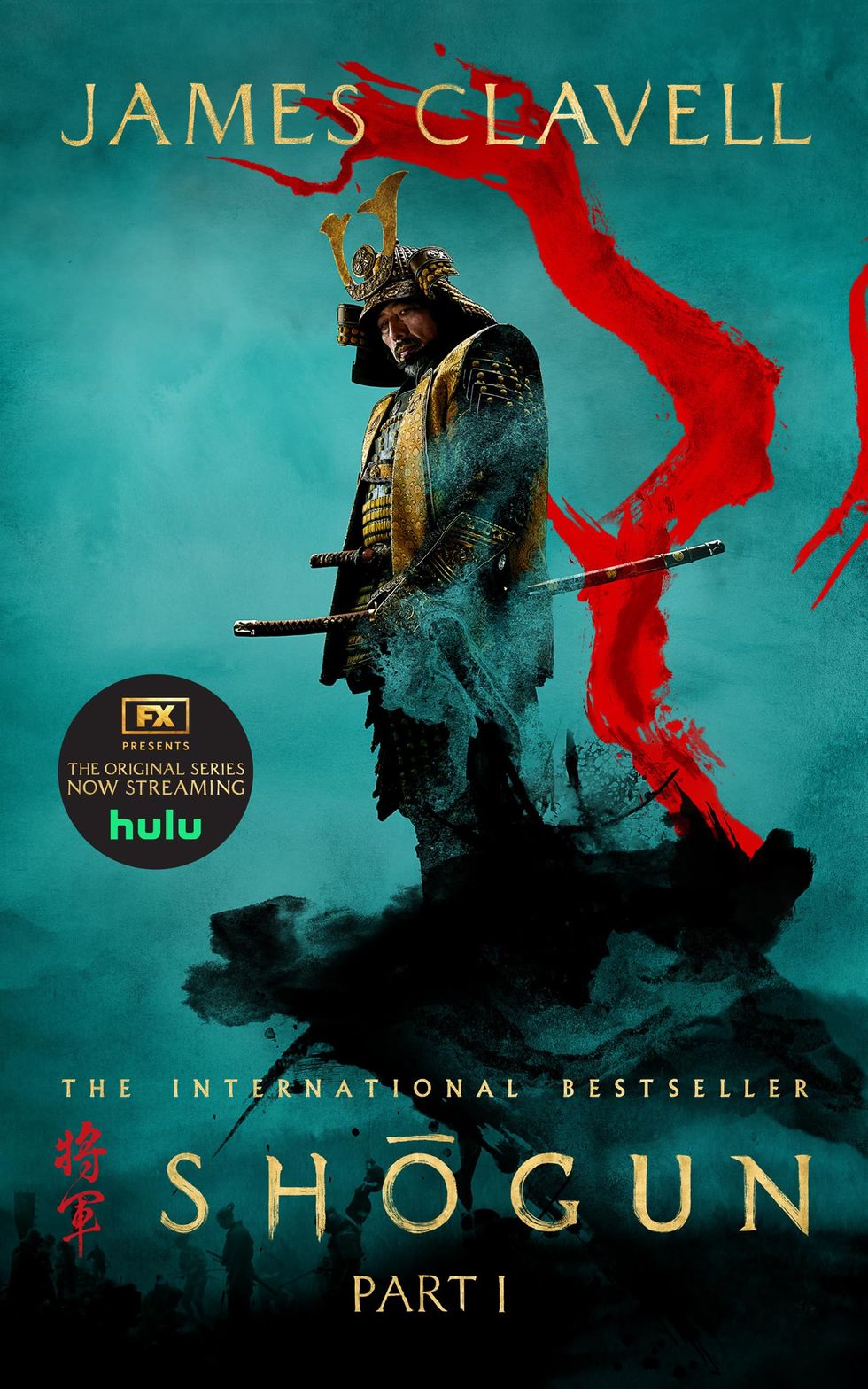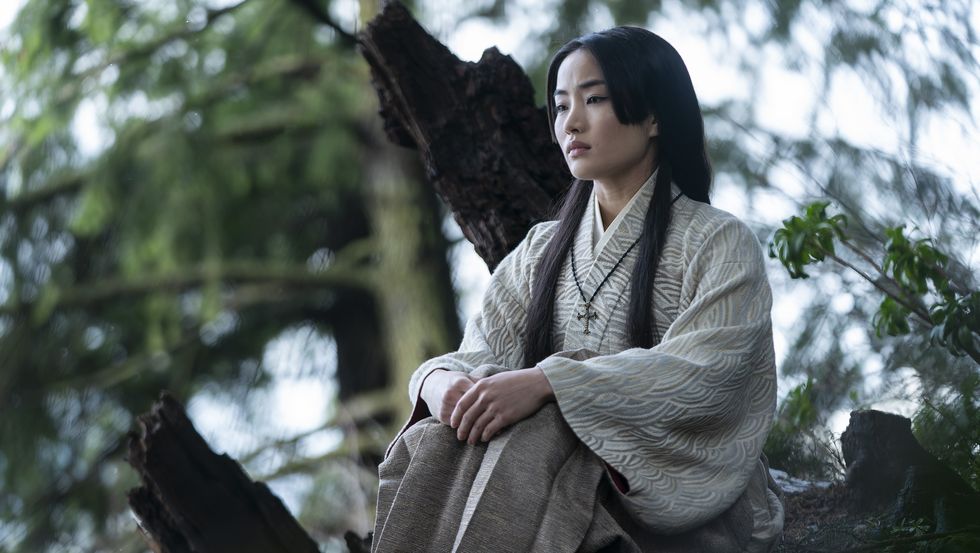Shōgun: The True Story of the Battle of Sekigahara

This story contains historical spoilers for FX’s Shōgun.
Out of all the wars in world history, only a few battles occurred on American soil. Among them, even fewer decided the fate of a nation in a single day. It’s a stark contrast to England’s War of the Roses in the late 1400s (which inspired Game of Thrones) and Japan’s Battle of Sekigahara in 1600 (which is dramatized on Shōgun)—when lords and would-be kings vied for power by any means necessary. In U.S. history, the most similar conflict is the Battle of Gettysburg in 1863. The fight between the Union and the Confederacy served as the only time in American history when the winner decided who governed the country from then on.
If you’re watching Shōgun, you should know that in feudal Japan, civil wars happened all the time. And there’s one specific battle you should be aware of, especially as the FX series draws to a close. But to understand how we arrive at one of Japan’s bloodiest conflicts, we must go back to a time during the fifteenth and sixteenth centuries, known as the Sengoku period. Defined by near-constant civil wars, this period concluded with the rise of a leader named Oda Nobunaga (Kuroda on Shōgun). Known as the first “Great Unifier” of Japan, Nobunaga used his military might to end the nation’s civil wars by simply winning them all.
In one of those early battles, the Imagawa clan received a young child by the name of Matsudaira Takechiyo as a hostage. However, the Imagawa treated the last living heir of the Matsudaira clan without malice. As a teenager, he proved his strength and even married one of Imagawa’s relatives. Yet according to BBC History Magazine, “circumstances had changed” by 1560. The Imagawa clan was in “disarray”—and Matsudaira “saw an opportunity to return to his family’s domain and assert his own control.” He gathered an army and prudently switched his loyalties to Nobunaga. Matsudaira also took on a new name: Tokugawa Ieyasu. Renamed Toranaga for Shōgun, an older version of Tokugawa is portrayed by Hiroyuki Sanada on the show.
Now allies, Tokugawa and Nobunaga worked to unify Japan, alongside two legendary samurai named Yasuke and Hattori Honzo. If the name Honzo sounds familiar, you’re probably thinking of the swordsmith with the same name from Quentin Tarantino’s Kill Bill. Meanwhile, Yasuke is a famous real-life Black samurai from feudal Japan. Depictions of the character have appeared in popular culture and anime throughout the years, most recently on Netflix’s Yasuke with LaKeith Stanfield. Reportedly, Black Panther star Chadwick Boseman also signed on to play Yasuke in a live-action film before the actor’s death in 2020.

Hiroyuki Sanada shines as the powerful Yoshii Toranga (Tokugawa Ieyasu) in FX’s Shōgun.
Tokugawa, the former child hostage, wouldn’t have to wait long before destiny shifted his way once again. Nobunaga was mysteriously assassinated in 1582 by one of his generals, Akechi Mitsuhide, while he prepared a tea ceremony at Honnō-ji temple. Historians still debate Mitsuhide’s motivations to this day. In Shōgun episode 6, a character shares their belief that Tokugawa himself played a part in the scheme. Though there is no consensus on the historical accuracy of this claim, it certainly makes for good TV.
Following the leader’s death, Toyotomi Hideyoshi—a peasant who rose up the ranks of Nobunaga’s vassals to earn the title of general—defeated Mitsuhide just thirteen days later. After avenging his lord in grand fashion, he decided to carry out Nobunaga’s goal of unifying Japan. Naturally, not everyone thought that Hideyoshi was the guy to do that. But according to BBC History Magazine, “Ieyasu eventually, and cannily, sided with Hideyoshi.” Tokugawa then moved his army to a small fishing village in Edo, “where he immediately embarked on a massive construction project to transform the area into a political center to rival Kyoto.” Today, Edo Castle is located in the capital city of Tokyo.
Luck struck again for Tokugawa when Hideyoshi fell ill in 1895. The dying ruler established a Council of Five Regents to rule in his place until his young heir came into power, with Tokugawa Ieyasu named as one of the five. While Tokugawa assembled allegiances to continue to solidify his power, Maeda Toshiie—the oldest and most respected of the five regents—died after just one year on the council. Ishida Mitsunari (Ishido on Shōgun) served as Tokugawa’s main rival. He was a major player in Hideyoshi’s invasion of Korea, which earned him a prominent seat on the Council of Regents. The remaining three lords also allied with Ishida. They took the impregnable Osaka Castle as their base of operations, where Hideyoshi’s heir and widow, Yodo-dono (Ochiba on Shōgun), resided.
Blackstone Publishing Shōgun, Part One (The Asian Saga)

Blackstone Publishing Shōgun, Part One (The Asian Saga)
For the most part, this is where the events of Shōgun begin. Though much of this period occurs as historical fiction within the pages of James Clavell’s 1975 novel of the same name, even some of the complicated politics are partly based on fact. Much like on Shōgun, the Council of Regents prepared a document to impeach Tokugawa, which they shared among the region’s daimyō. According to the Nippon Communications Foundation, the document stated, “[The heir’s] army represented justice and Ieyasu was a rebel.”
After the Council aligned against him, he decided to end the conflict by marching to Osaka. Surprisingly, Ishida and his army of 120,000 men chose to meet Tokugawa’s 75,000 men on the battlefield at Sekigahara—instead of defending their attacks from within the walls of Osaka Castle. There are very few detailed primary sources that describe the events of the battle, but some accounts exist in Sekigahara 1600: The Final Struggle for Power, by Anthony Bryant, a historian for the Japan Armor and Weapons Research Preservation Society. This gap in firsthand knowledge makes it difficult to know exactly what happened that day at Sekighara, even though it serves as one of the most important battles in Japanese history.
Potentially, Ishida’s choice to meet Tokugawa on the battlefield had something to do with how many notable families lived within the walls of Osaka. Ishida even sought to take them all as hostages before the battle. His plans took a turn for the worse when one of his samurai killed a noblewoman during her capture. The woman was Akechi Tama (Toda Mariko on Shōgun), the daughter of the turncoat general Mitsuhide and wife to samurai Hosokawa Tadaoki (Buntaro on Shōgun). After her death, Ishida’s reputation was tarnished.

Anna Sawai absolutely deserves an Emmy nomination for her turn as Mariko in Shōgun.
At dawn on October 21, 1600, Tokugawa’s scouts accidentally stumbled upon Ishida’s army. As Sekigahara 1600: The Final Struggle for Power depicts the events of that day, a dense fog covered the area and fighting began only once it had lifted. Still, the earlier encounter meant that Tokugawa knew the location of his opponents. He flanked them from both sides and weakened Ishida’s defenses. Ishida took another major blow when Kobayakawa Hideaki—Hideyoshi’s nephew—changed sides to fight for Tokugawa. Kobayakawa placed himself on Mount Matsuo, and many lords followed suit by switching their allegiances when they saw him charging down from the mountain.
Ishida still had some remaining forces stationed on Mount Nangu, but Lord Kikkawa Hiroie refused to heed Ishida’s commands when he saw the tides of the battle shifting. As described in Bryant’s historical text, Hiroie reported that he was “too busy eating” to join the melee. Shortly after, Ishida’s army disintegrated from 120,000 men to around 70,000. He surrendered.
According to Anjin—The Life & Times of Samurai William Adams, by historian Hiromi Rogers, Tokugawa’s forces at Sekigahara also used the cannons from William Adams’s (John Blackthorne on Shōgun) trading ship. Still, it is unlikely that the Englishman took any part in the battle itself. Legend has it that the legendary rōnin Miyamoto Musashi also fought in the Battle of Sekighara as a sixteen-year-old among Hiroie’s forces. There is no hard evidence to prove that Musashi was there, but many fictional accounts of his life—such as the Samurai film trilogy starring Toshiro Mifune and the popular manga Vagabond—begin on the battlefield of Sekigahara.
While audiences eagerly wait to see how Shōgun ends, all roads are leading to the Battle of Sekigahara. We can’t promise cannon fire or cameo appearances from some of the legendary samurai we listed above, but you can bet that the drama is ramping up for an epic finale.



